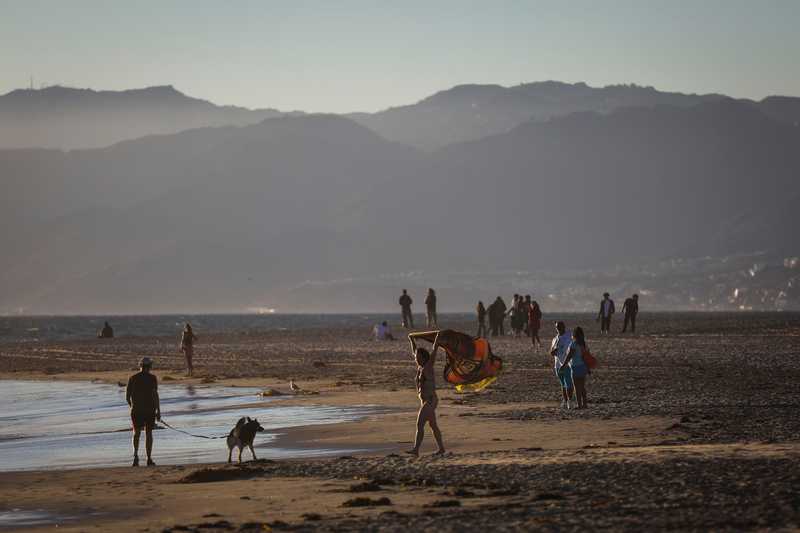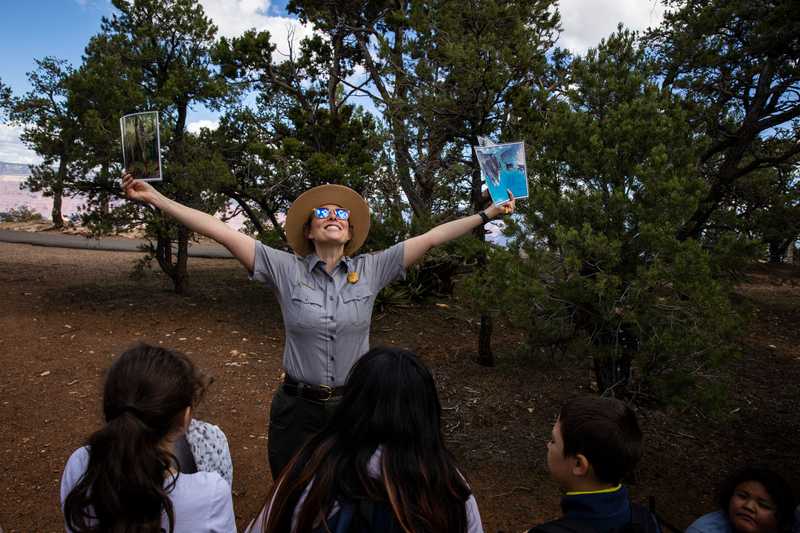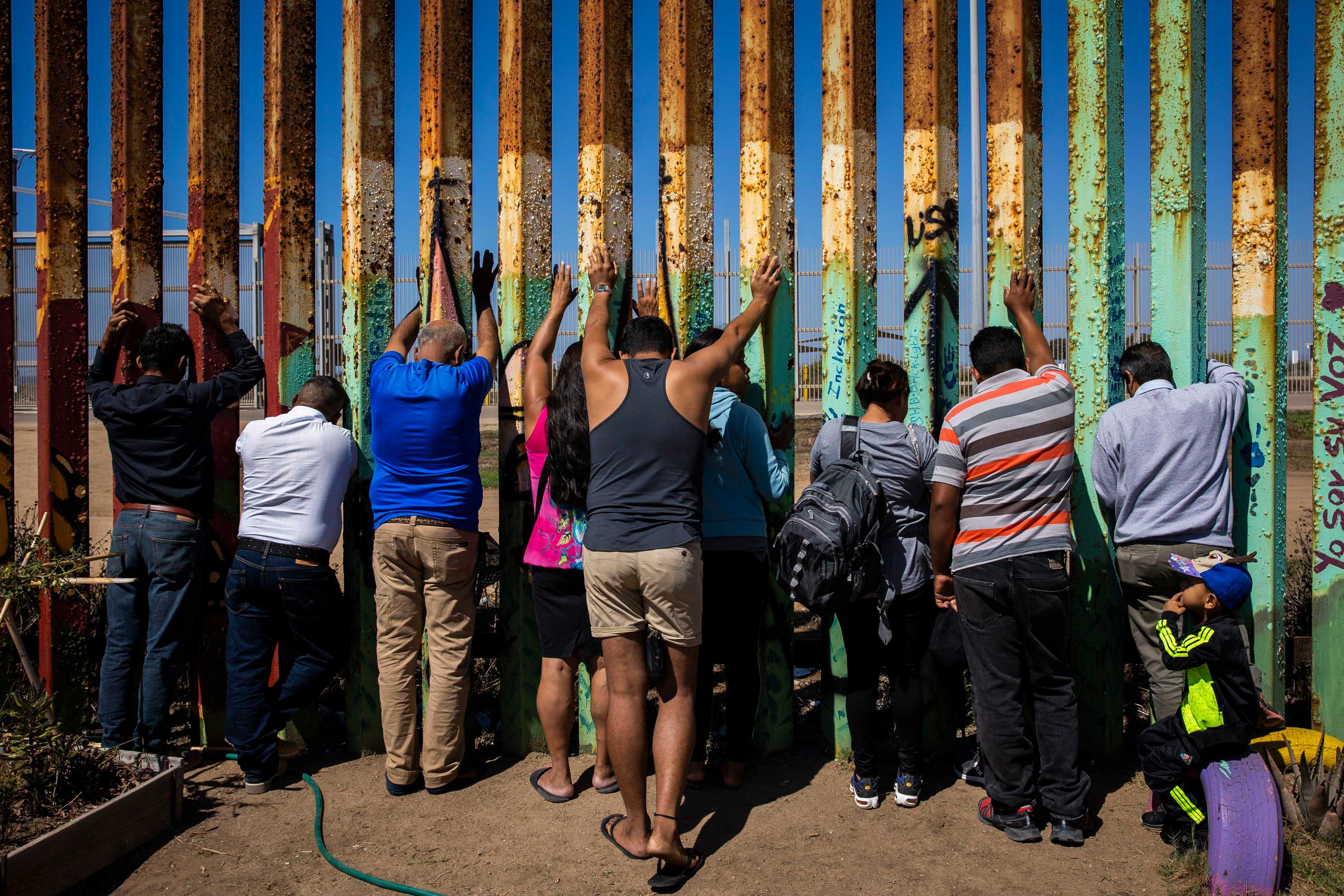
Los Angeles team
Nov. 4, 2022
A church draws families together across the US-Mexico border. A wall pushes them further apart.
TIJUANA, Mexico — The Border Church, or La Iglesia Fronteriza, is not a building — or if it is, it only has a single wall. Instead, it is a weekly, bilingual, interdenominational service held simultaneously on either side of the US-Mexico border.
On the Tijuana side, under El Faro, the city’s iconic white lighthouse, a group of about 50 gathers each week. Many are people from Honduras, Guatemala, and El Salvador fleeing gang violence or poverty. The church is a place where they come to pray, to receive help with asylum claims, and to find some solidarity with others hoping to reach the United States. Others are deportees from America, often people who came from Mexico as children and were sent back as adults to a country they hardly knew.

Almost by definition, the people gathered in Tijuana are in a state of flux. Guillermo Navarrete, the church’s lay pastor, sometimes looks at them and sees invisible questions hanging over their heads, he said. “What will happen? What about me?”
Through gaps in the wall, the other half of the congregation — Americans who join in solidarity or because of a family connection in Mexico — is just visible in San Diego, about a hundred feet away across a no-man’s land surveilled by cameras mounted on high white towers. The barrier, made up of rusted steel shafts, runs down the beach and into the Pacific Ocean.
Today, because of the distance separating them, the two halves of the congregation communicate mostly by WhatsApp calls or Facebook Live. But when the group first began to hold irregular services in the early 2000s, the collection of fences and dead space and watchtowers we call “the wall” was just one fence, with spaces big enough to pass the sacrament between.

Eventually, a new fence with a wire-mesh barrier was installed, and congregants from both sides could only exchange a “pinky kiss” with the pads of their smallest fingers. A second fence was also installed on the US side, some 50 yards from the first, such that congregants and others who come to meet family and friends across the border can now hardly see or hear each other, let alone touch.
“The body and blood of Christ became contraband,” said Seth David Clark, the church’s pastoral director on the US side, who has written a book about the church.
By a recent Sunday, a family from the Mexican state of Colima, which has been overwhelmed by gang violence in recent years, had been in Tijuana for a month, staying in a shelter for migrants. They come to the church each week, praying for help with their asylum claim. “We’re Christians,” Maria Lourdes said, gesturing toward her husband and young adult children. “We always turn to God.”
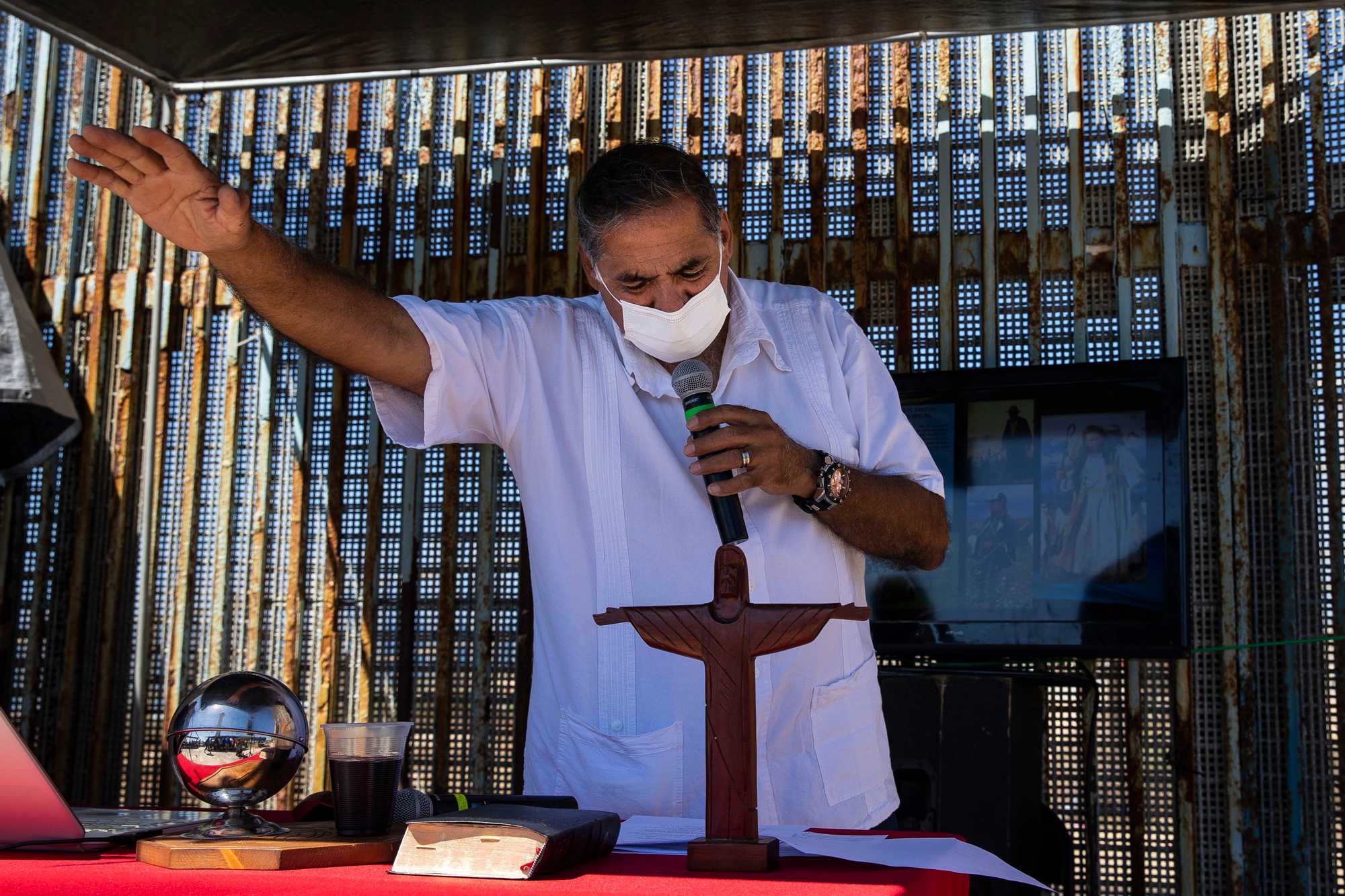
Other congregants are deportees, people who legally can’t return to the United States, who are drawn by bilingual Mass and sometimes something deeper. ”When I found Border Church, I was searching for something to fill that void that was left behind from leaving the country that was my home for the last 50 years,” said Robert Vivar, who came to the United States at the age of 6. He was deported after he was caught stealing Sudafed, which can be used to make methamphetamines. He expected to be sent to rehab. Instead, he was deported.
Vivar’s charge was recently vacated, so he lives in the United States now, but he still sometimes comes to Mass in Mexico, where he helps out with church activities. “Something magical happens here,” he said, “that fills your spirit with joy.”
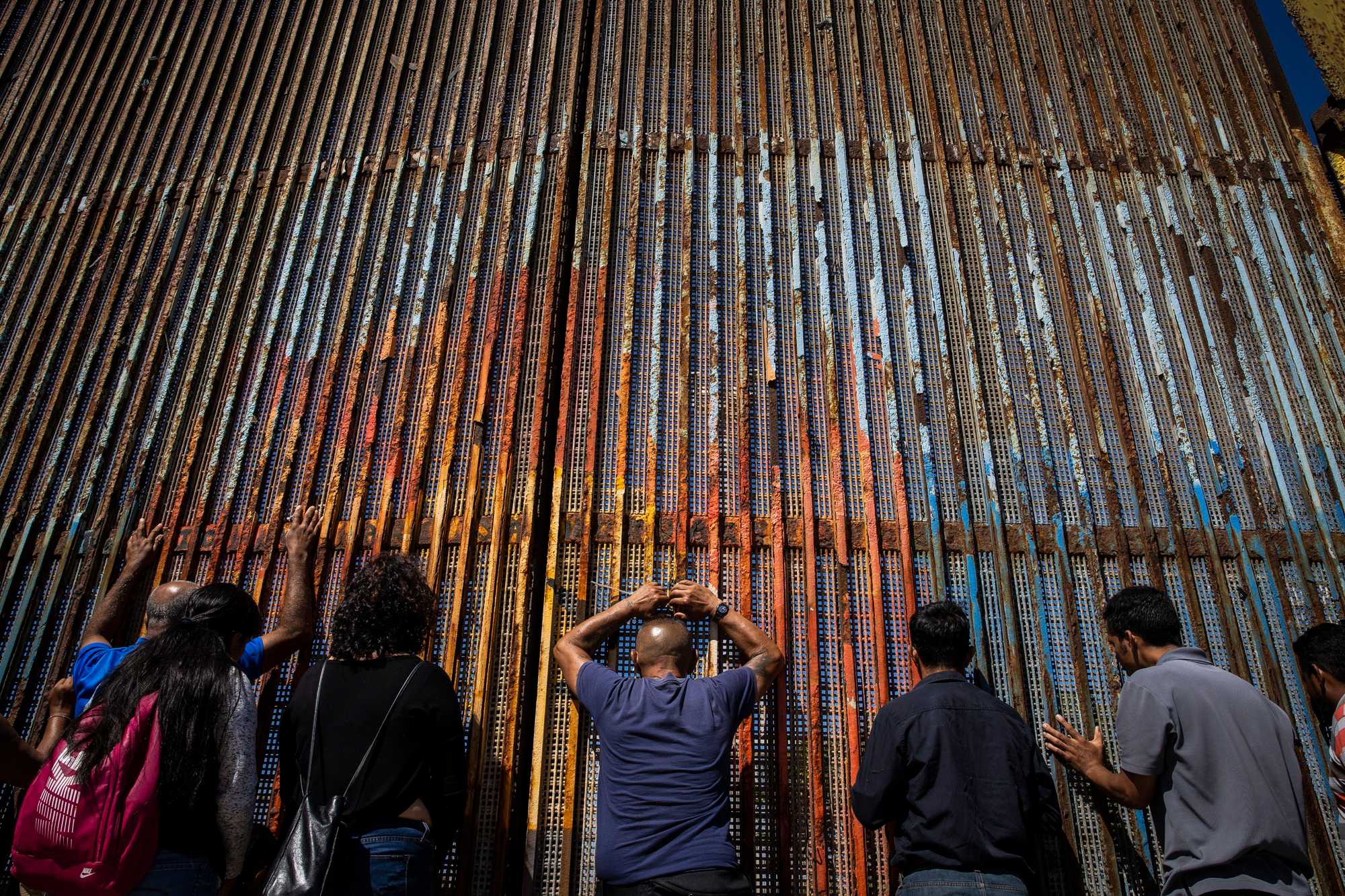
At the same time, Vivar said, it’s hard to watch how the growing wall has pulled people further apart. When he first began coming, it felt like families who were separated could still remain families, thanks to the “opportunity of them being able to meet here at the border wall.” Now, “They cannot come right up to the border wall and have an intimate conversation, or even share a pinky kiss.”
Each week, pastor Navarrete sees families arrive who don’t know about the second fence, who have traveled long ways expecting to meet loved ones. That Sunday, two sisters originally from Honduras were crying in the sand on the Tijuana side. They had come expecting to hug their mother, who they hadn’t seen in years, but she was barely visible on the San Diego side. They want to reunite with her in the United States, one sister said, but “we don’t have money to pay a smuggler.”

That afternoon, the reading was from Psalm 23, in which God, in the guise of a shepherd, leads his flock through the valley of the shadow of death. Near the end of Navarrete’s service, congregants filed over to the wall and pressed up against it, pushing hands or shoulders into the gaps, and prayed. In English and in Spanish, the two sides called to each other across the distance:
God, here we stand and make our confession.
Dios, aquí estamos y hacemos nuestra confesión.
With our hands up against this wall we confess to you.
Con nuestras manos en este muro te confesamos.
As the service came to an end, congregants on each side turned away from the wall and toward one another to offer the sign of peace. Instead of a handshake, they pressed the tips of their pinky fingers together.
La paz de Cristo.
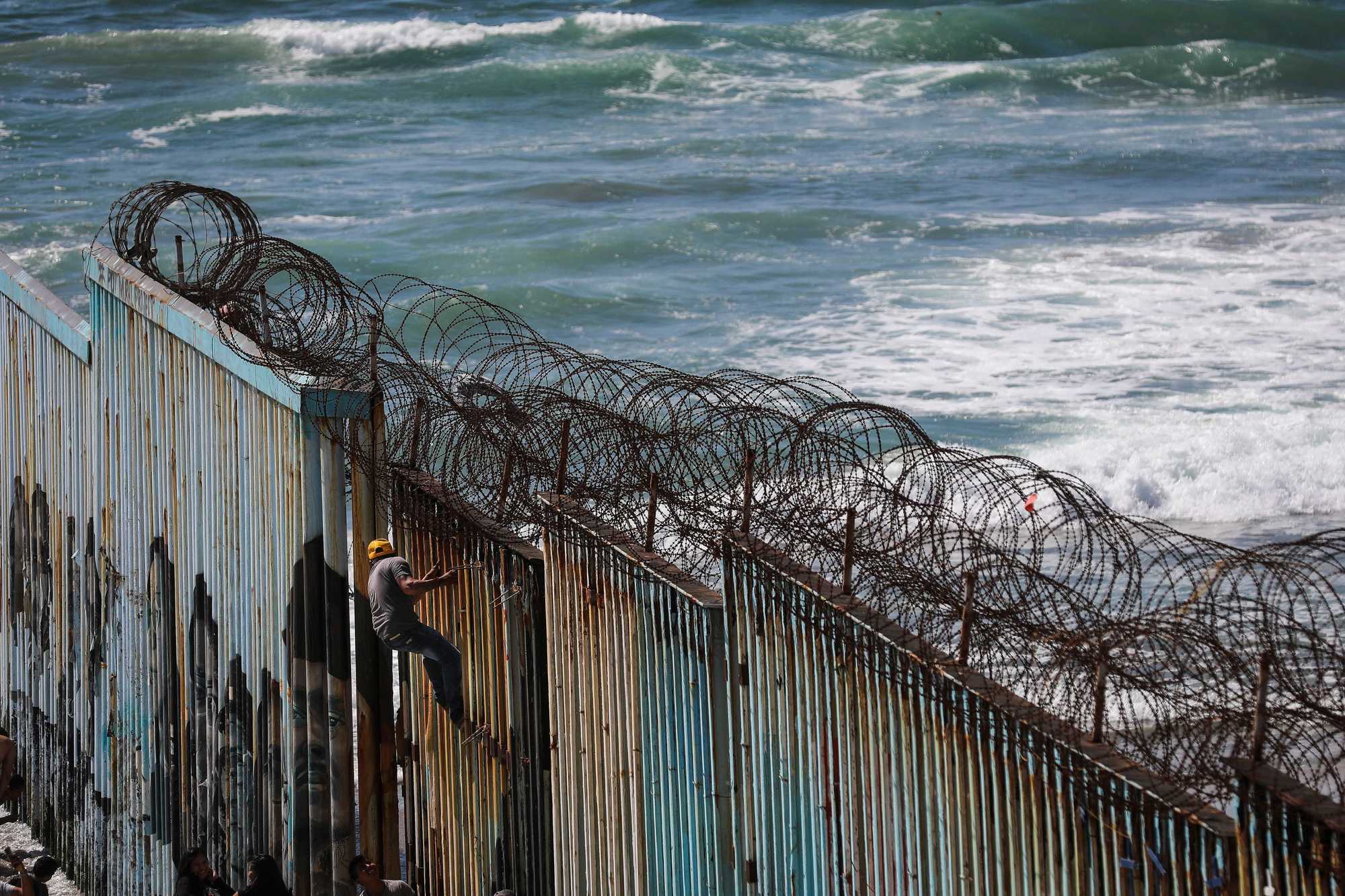
Join the discussion: Comment on this story.
Credits
- Reporters: Julian Benbow, Diti Kohli, Hanna Krueger, Emma Platoff, Annalisa Quinn, Jenna Russell, Mark Shanahan, Lissandra Villa Huerta
- Photographers: Erin Clark, Pat Greenhouse, Jessica Rinaldi, and Craig F. Walker
- Editor: Francis Storrs
- Managing editor: Stacey Myers
- Photo editors: William Greene and Leanne Burden Seidel
- Video editor: Anush Elbakyan
- Digital editor: Christina Prignano
- Design: Ryan Huddle
- Development: John Hancock
- Copy editors: Carrie Simonelli, Michael Bailey, Marie Piard, and Ashlee Korlach
- Homepage strategy: Leah Becerra
- Audience engagement: Lauren Booker, Heather Ciras, Sadie Layher, Maddie Mortell, and Devin Smith
- Newsletter: LaDonna LaGuerre
- Quality assurance: Nalini Dokula
- Additional research: Chelsea Henderson and Jeremiah Manion
© 2022 Boston Globe Media Partners, LLC

